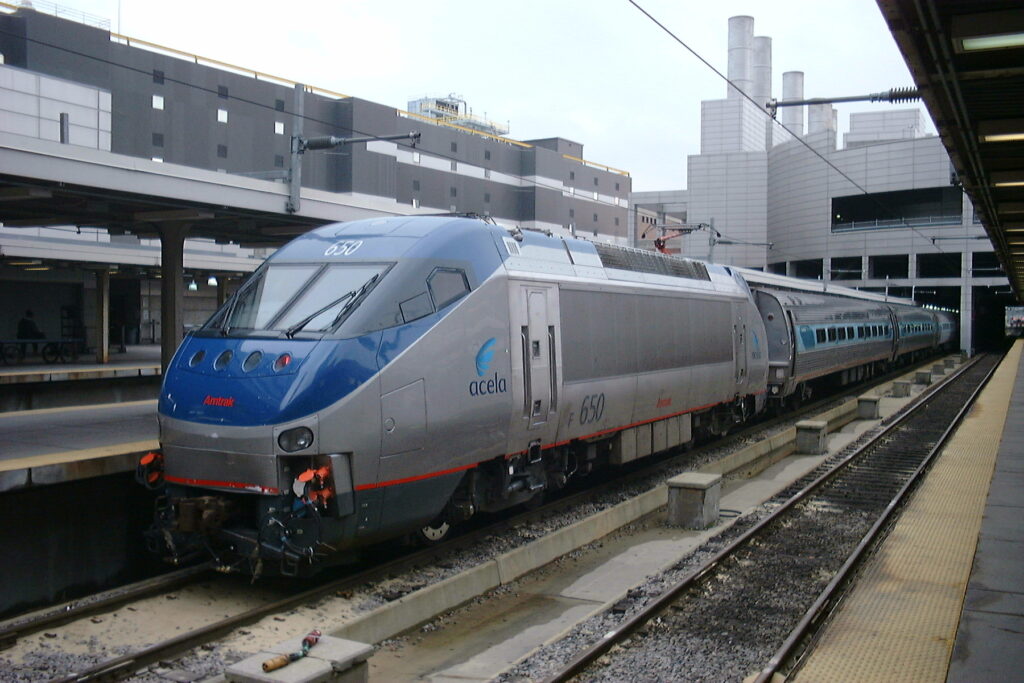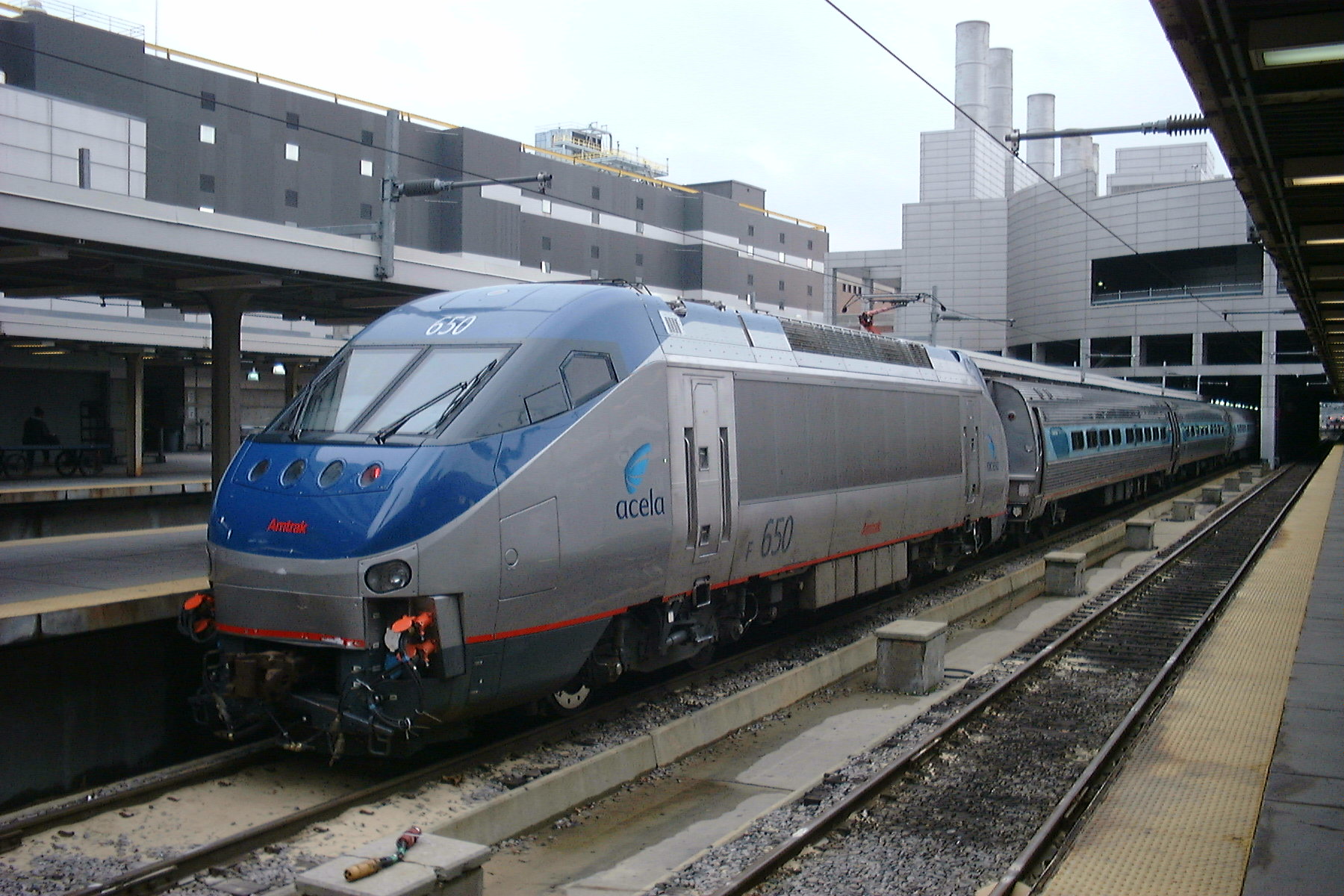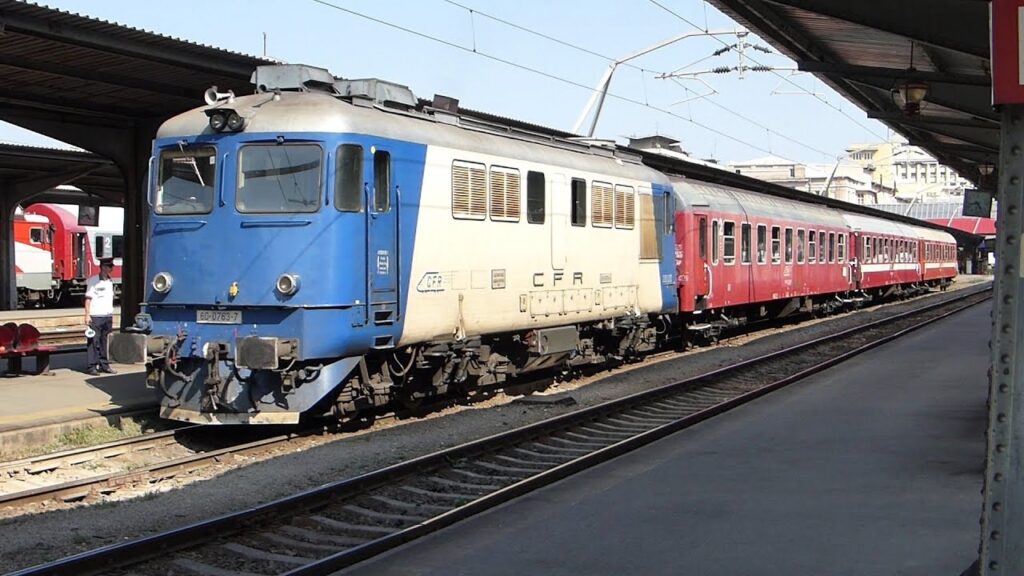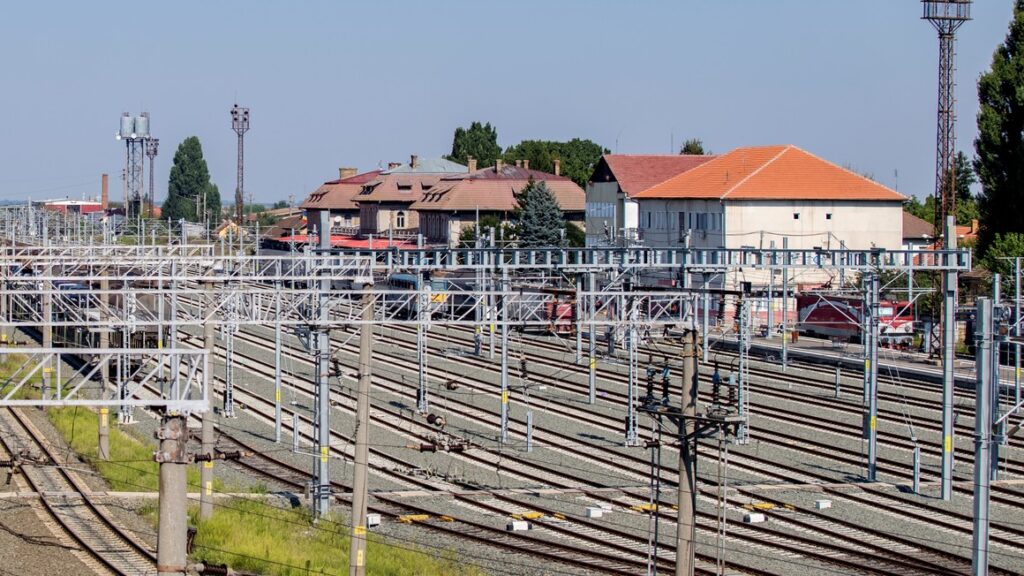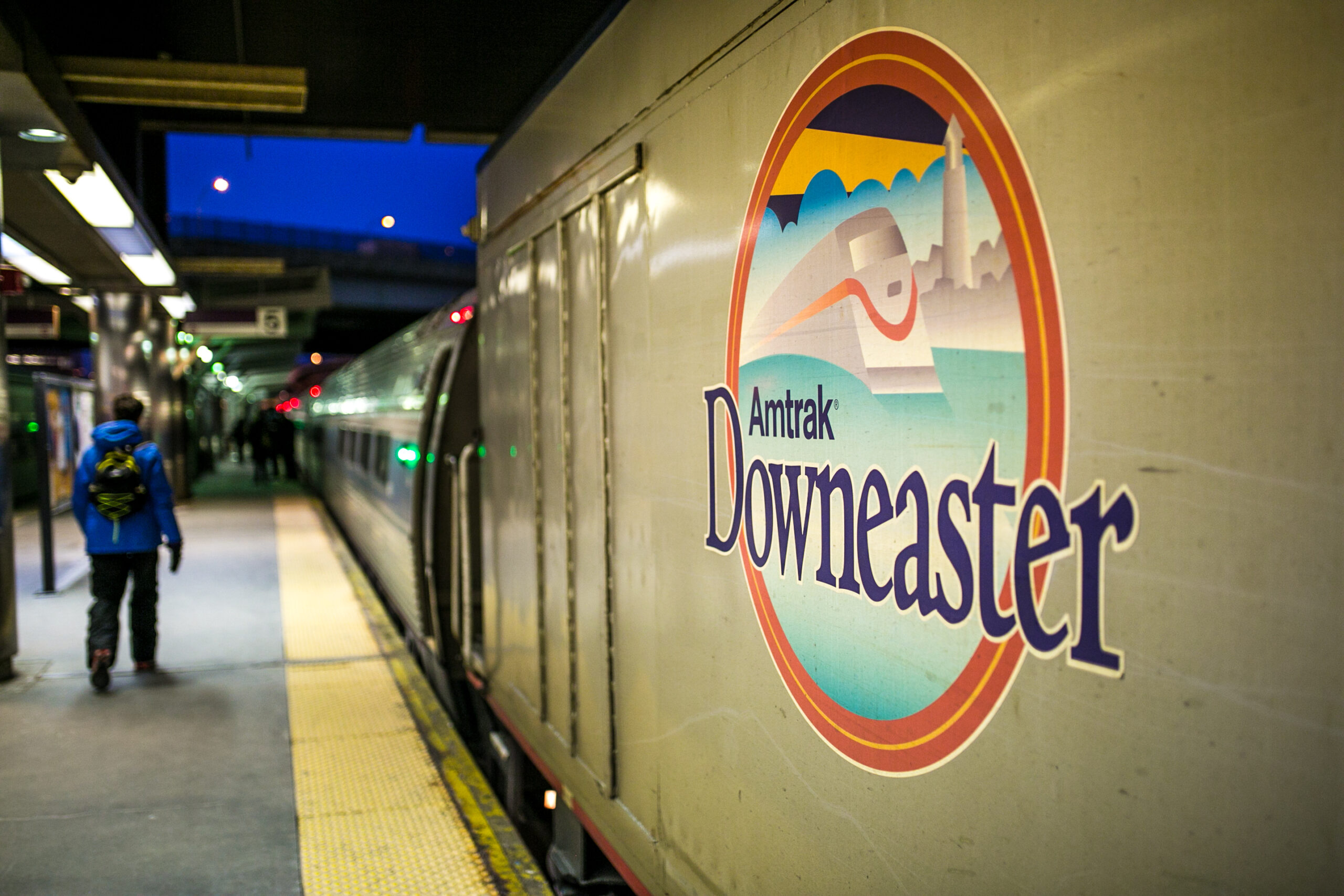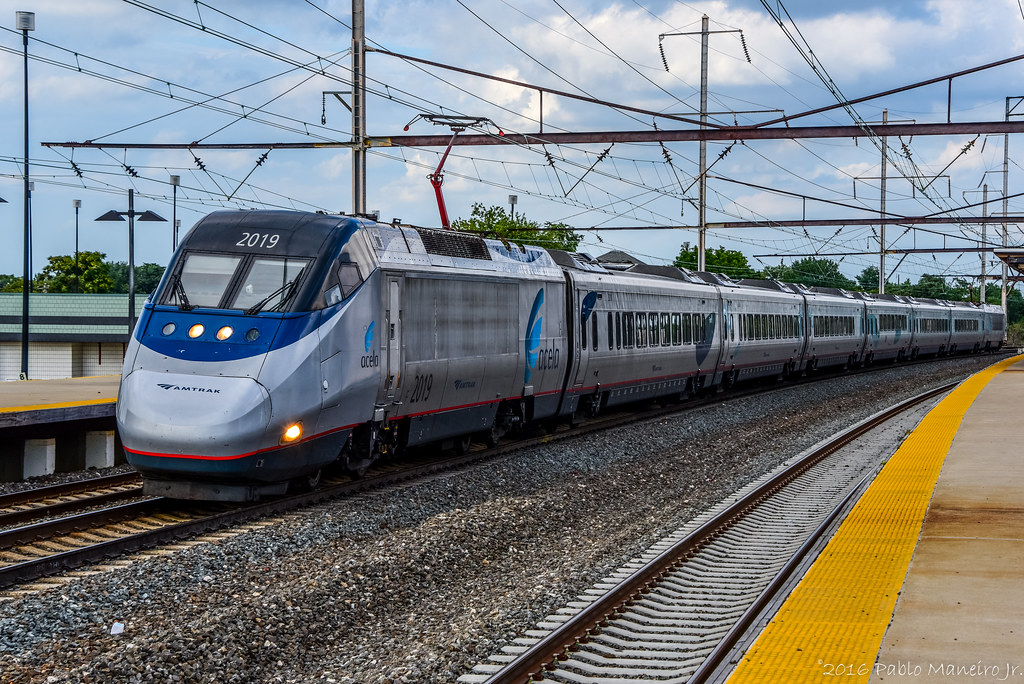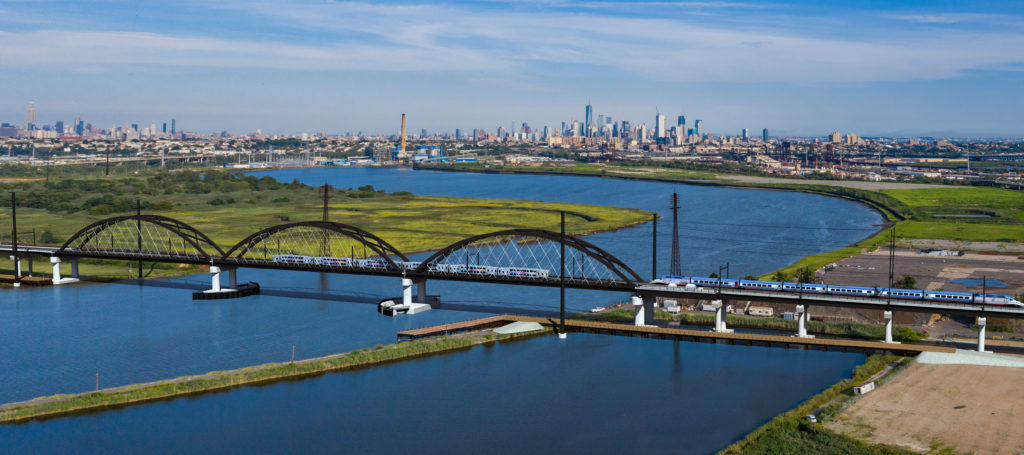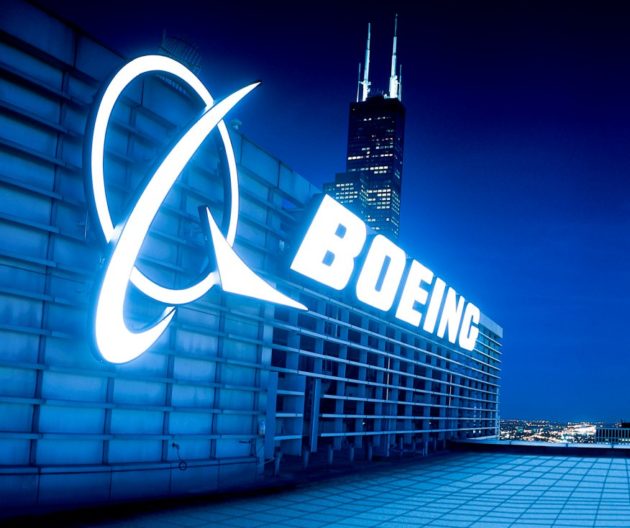Following regular discussion with Congress about our federal funding needs for Fiscal Year 2021, Amtrak submitted a letter to Congress formalizing our ongoing request for up to $4.857 billion this fiscal year for Amtrak and our partners.
From the letter, Amtrak President and CEO Bill Flynn notes “we have seen that our ridership is not returning as quickly or at the levels that we had hoped for, and we updated our forecast for FY 21. We now anticipate needing up to $4.857 billion in FY21 to support the company and our employees through this unprecedented situation.”
Additionally, as Congress considers programs for stimulating the economy, Amtrak has identified $5.193 billion in additional investments as part of an economic recovery proposal to help the nation recover from the impacts of the pandemic, for a total federal investment of $10.050 billion. This includes critical projects, such as replacing bridges and tunnels on the Northeast Corridor, new fleet, infrastructure improvements throughout our national network, and major station improvements. If this additional $5.193 billion investment is made, Amtrak anticipates that, based on various transportation studies, more than 75,000 jobs could be created, while building for the future needs of America’s traveling public.
Business remains at about 25% of pre-COVID levels. Based on our current forecast, our FY 2021 ridership and revenue are forecasted to improve to about 40% of pre-COVID levels, which is weaker than anticipated.
If we do not get additional funding, potential impacts on customers, employees and projects include the reduction of corridor trains as state partners are forced to suspend service, and the deferment of numerous capital projects and procurement critical to the railroad, both of which could result in a corresponding loss of an additional 2,400 in total jobs.
“To manage this situation, Amtrak will work to adjust its operating and capital spending plans during this short term CR, with the aim of minimizing further impacts on our customers and employees. However, if the FY 20 funding level is extended beyond December 11, 2020 and supplemental funding has not yet been provided, we will be unable to avoid more drastic impacts that could have long lasting effects on our Northeast Corridor infrastructure and the national rail system,” said Flynn in the letter.
